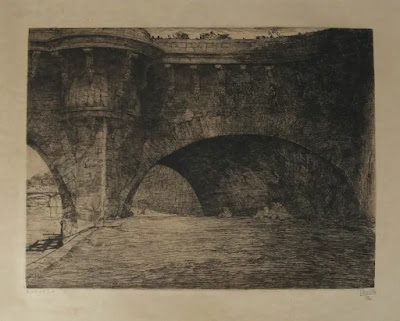Rembrandt - Rembrandt(?) - Ferdinand Bol
Finding Moses
Moses, who (this is a heartbreaking story) was set afloat in a basket by his mother Jocabed (Jochebed) in river Nile, as ordered by the Pharaoh to dispose of all Jewish born boys. This drawing shows the moment he is found and rescued and, ironically by Termuthis, the Pharaoh's own daughter. All this happend around 1250 BC if we may believe the stories and the chronicles. And the bible of course.
Or: as close as a mortal collector on a budget can get to owning an (almost) original Rembrandt.
The drawing was part of the vast collections of important Dutch art historian, collector, critic and Rembrandt expert Dr. Cornelis Hofstede de Groot (1863-1930). He acquired it in 1902 (bought in London) and all his life he was confident he owned a (another, he had several more) original Rembrandt drawing. He was the world's expert after all. He also concluded Rembrandt's student Ferdinand Bol (1616-1680) used Rembrandt's sketch, praised jubilantly for all its qualities, for his painting. The praise is completely deserved IMHO: it is one of those genial and artistic Wonders-of-the-World pairing maximal expression and movement to ultimate simplicity perhaps equalled by Picasso's wonderful genial hand and mind 250 years later.
Realising this is "just" a 100 year old quality reproduction I remember knowing this drawing since my 1960's High School years. 60 years later this copy kind of found me. Just try and find one !
1923
HANDZEICHNUNGEN HOLLÄNDISCHER MEISTER
Aus der Sammlung Dr. C. Hofstede de Groot im Haag
Neue Folge
Vierzig (40) ausgewählte Zeichnungen Rembrandts, seines Kreises und Seiner Zeit.
Herausgegeben von Prof. Dr. Felix Becker
Verlag Bernhardt Tauchnitz - Leipzig
Edition of 525.
90 examples of Hofstede's extraordinary collection of Old Master drawings were published in 2 large sized folios of "fac simile" (technically best possible) reproductions (containing each 50 and 40 pieces) with explaining text. By Prof. Dr. Felix Becker (1864-1922 and yes, involved in the Thieme-Becker Artist lexicon) with a beautiful type-face title page by Walter Thiemann (1867-1951).
After a century these folios are not extremely rare because printed in higher edition numbers. They were ordered and bought by collectors, archives, libraries, museums and individuals who of course could not afford the originals, like Hofstede de Groot could. Our grandparents (at least the better situated) obviously used a choice of these fine reproductions to frame and decorate their homes.
Thus the reality is most folios found are incomplete and complete folios are rare. Savaged folios in different states of disintegration are found in car boots, in junk- and charity shops. They are usually inexpensive, and it is always a surprise how many and which prints were left behind.
In my cheap copy 24 from 40 were left. Among them was "Finding Moses".
Today making a copy digitally with a computer, a commercial inktjet printer and cellphone photo or scan is child's work. In 1923 it took incredible craftsmanship to photographically (glass-plate negative)-lithographically create a quality reproduction of a work of art like this drawing. Analog, by hand.
---------------
Ferdinand Bol (1616-1702)
Finding Moses: since around 1900 in Amsterdam Rijksmuseum
No doubt after the sketch by who-ever drew it, and situated in the Egyptian summer (his nude version causing controversial commentaries).
Rembrandt
Finding Moses (Amsterdam Rijkmuseum)
Rembrandts version drawing of "Finding Moses", also an extraordinary drawing and also a masterpiece. A great oriental drawing/sketch with a very modern "feel". The both cut-off umbrella and the wheel (almost driving from the scene) are brilliant details. However, compared with the iconic sketch above by who-ever created it ...............
Moses ter Borch (1645-1667)
Short lived Moses ter Borch, he died 22 years old in England, must have had notice of Rembrandt's Finding Moses. The umbrella and the servant reaching Moses from the water to another helper in the company in his drawing are very suggestive.
Pedro América (1843-1902)
After the actual finding and rescue of Moses who later would lead his enslaved people from Egypt to the Promised Land the story says his mother even saw Moses back to breast feed him and make him survive the ordeal on the Nile and thus at least knew he was safe after all. After which he was raised by his foster mother Termuthis in the court of Seti I or his son Ramses II (the records are inconclusive). Pedro América choice this moment of mother and child and either he had inside knowledge Jocabed was a stunningly beautiful woman or deliberately romanticised the biblical scene.
-----------------
After Hofstedes death much of his collections of books, drawings paintings etc.. were bequested to different Dutch Museums.
---------------


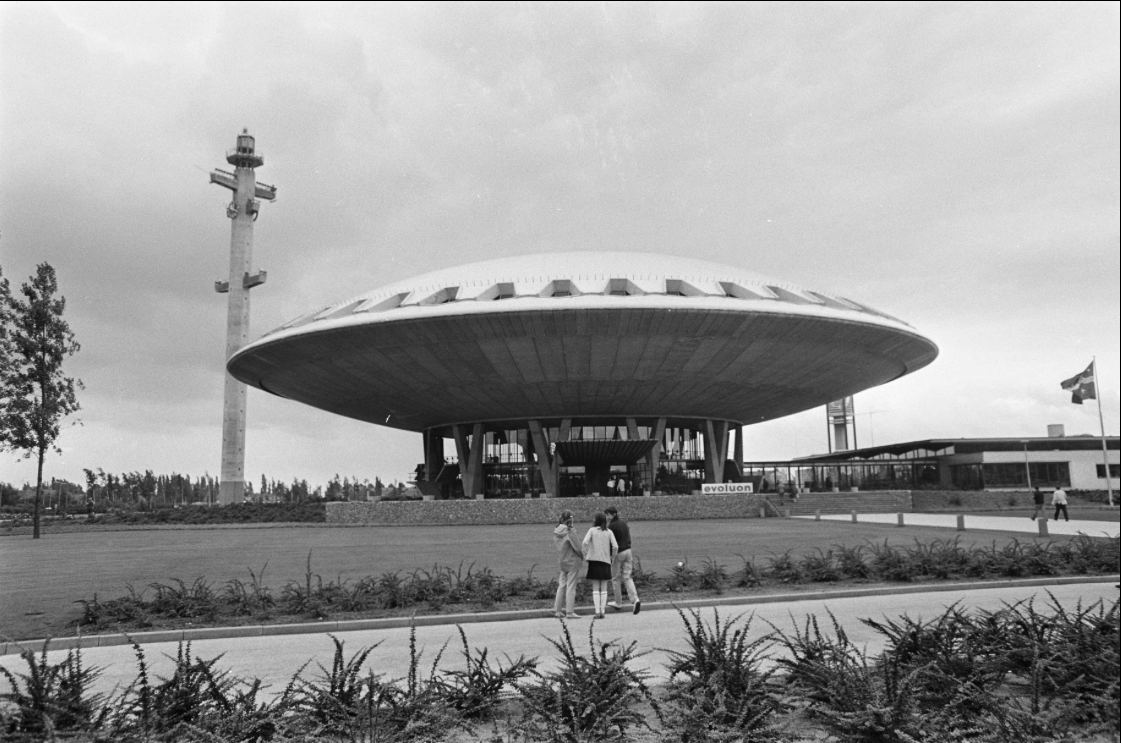



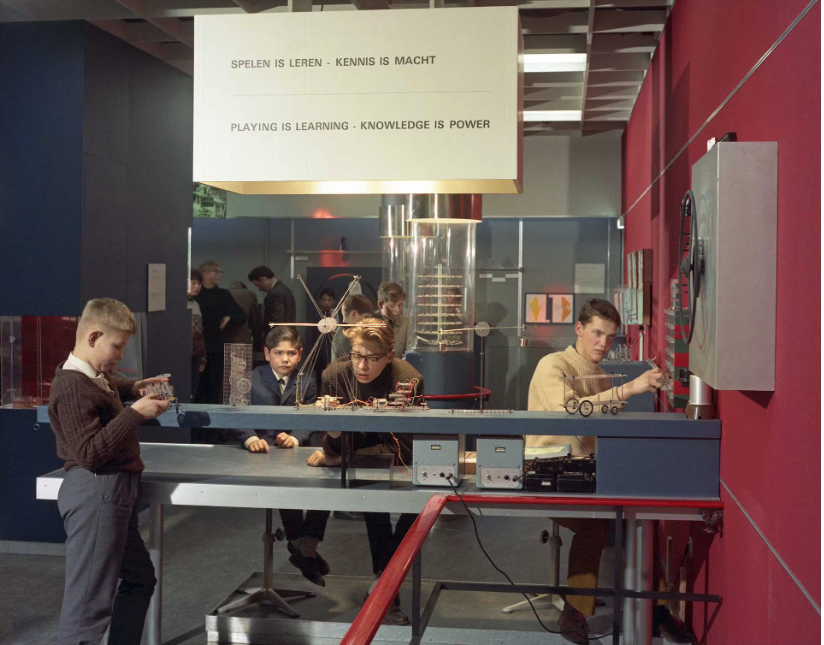


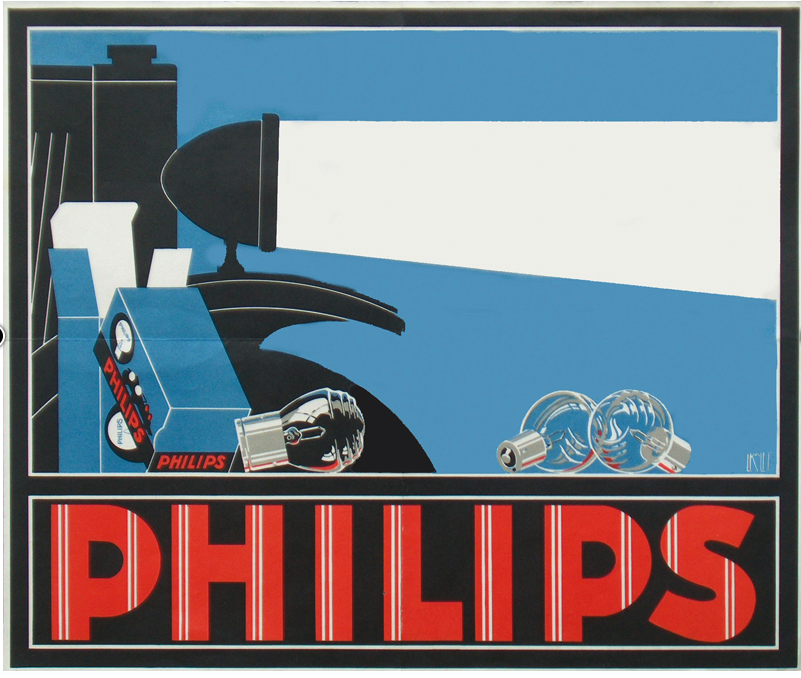
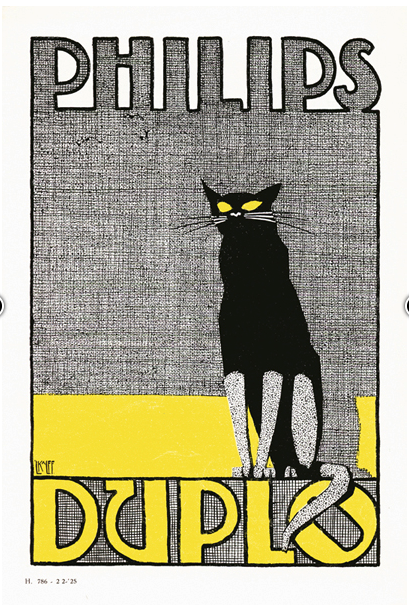




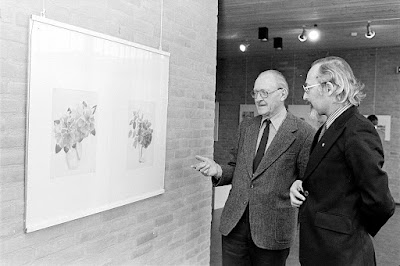










.jpg)

























